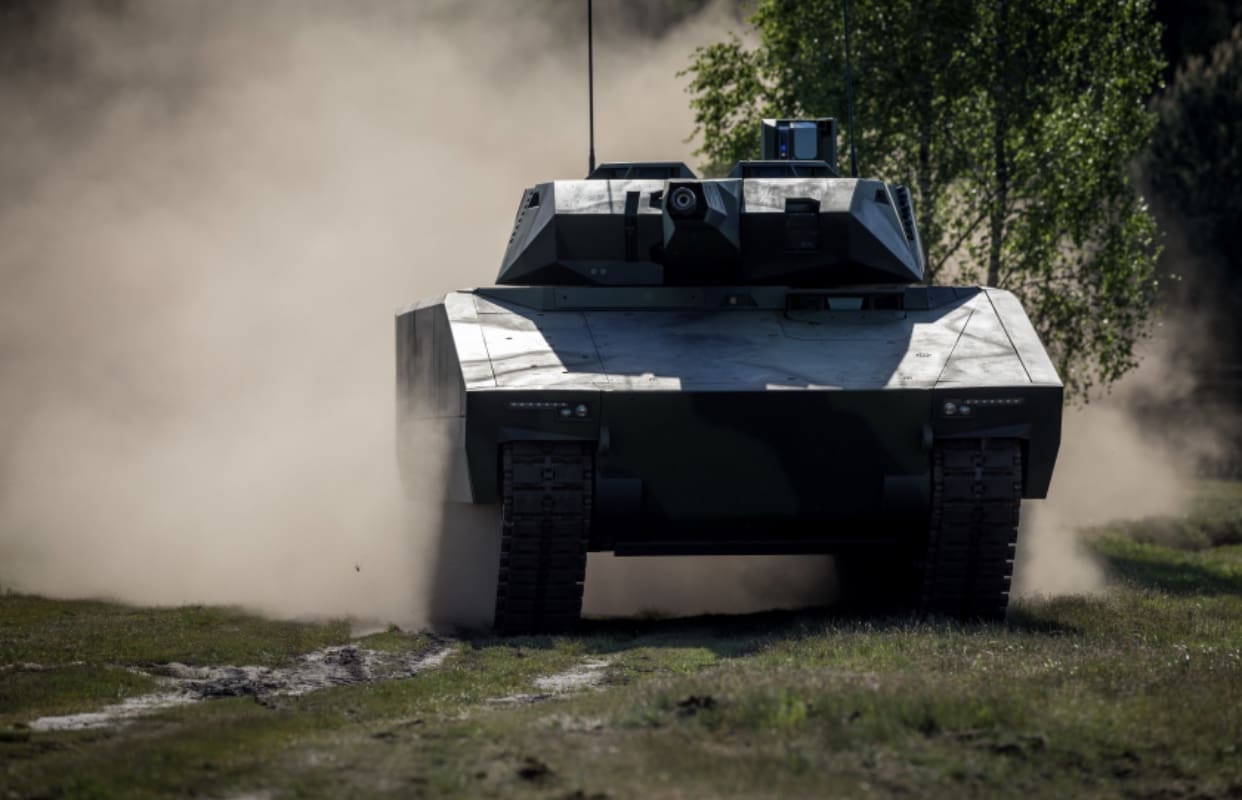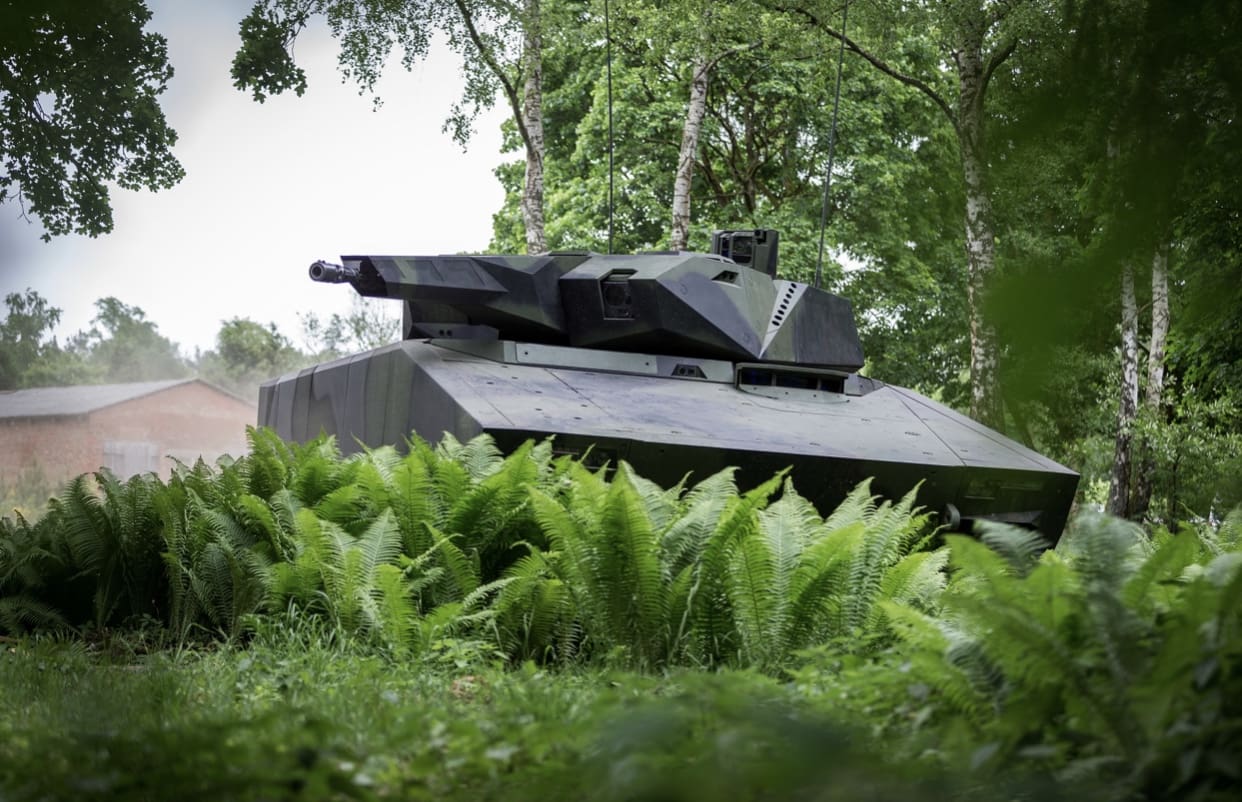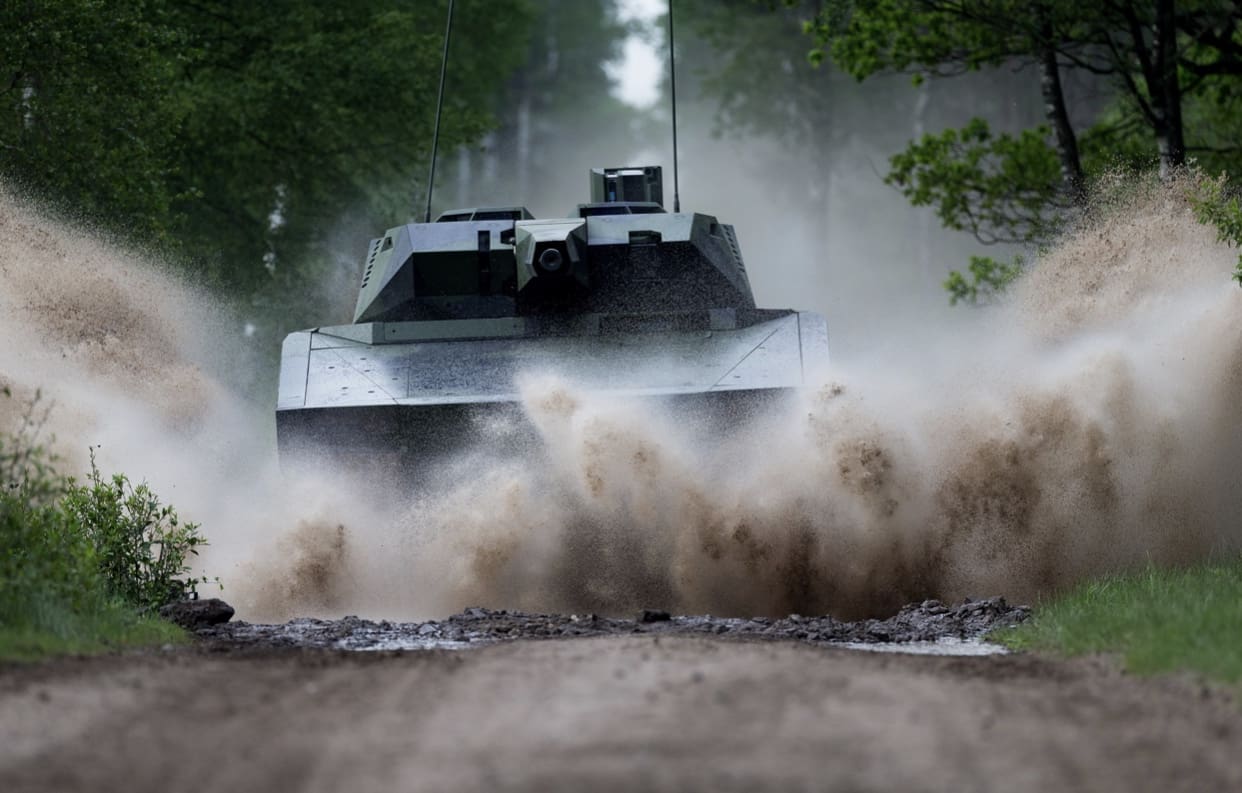Deal helps the Hungarian Army meet its NATO commitments through continued modernization of the country’s defence industry

Key facts
Major order: Hungary intends to procure the Lynx infantry fighting vehicle
Order volume expected to exceed €2 billion
New Joint Venture for the production of the Lynx in Hungary
First NATO and EU customer for Rheinmetall’s innovative Lynx IFV
With the signing of an agreement in Unterlüss on 17 August 2020, the government of Hungary has embarked on a massive programme worth over two billion euros to modernize the country’s defence industry and military capabilities. The move was announced by Hungary’s Secretariat of the Ministry for Innovation and Technology and the Commissioner for Defence Development. Rheinmetall, Europe’s foremost maker of army equipment, will be cooperating with Hungary to create a joint venture and production facility in Hungary to manufacture the most modern Lynx infantry fighting vehicle.

Hungary is the first NATO and EU member state to choose the Düsseldorf-based Group’s innovative new IFV. The step is of central importance in Hungary’s ongoing programme of military and industrial development, which aims to transform the Hungarian Army as quickly as possible into a world-class fighting force capable of actively addressing security challenges in the Euro-Atlantic region.
In the words of the joint statement read by László Palkovics, Minister of Innovation and Technology, and Gáspár Maróth, Commissioner for Defence Development: “As part of its commitment to NATO, Hungary is replacing its heavy ground forces equipment. Following the tanks and artillery, it is now the turn of the infantry combat vehicles, which form the backbone of the capabilities set. As the most advanced system of its kind, the Lynx has demonstrated its suitability for a central role in the Army’s capabilities spectrum for decades to come. In keeping with earlier promises by the Hungarian government to enhance the nation’s armed forces, this cooperative endeavour extends far beyond the modernization of military technology. Partnering with a major European corporation will result in the modernization of our defence industry and thus to the expansion of our industrial portfolio.”

As Armin Papperger, chairman of the executive board of Rheinmetall AG, explains: “The Lynx’s market breakthrough is a major success for us. And the fact that we were able to convince Hungary – an important EU and NATO partner – to choose this innovative vehicle makes this success all the greater. In making this forward- looking procurement decision, Hungary’s top political and military officials have demonstrated real leadership. Not only does the move place Hungary at the forefront of European army technology. It reaffirms the Hungarian government’s commitment to being a reliable, more militarily effective partner of its NATO allies, a policy which it is pursuing with systematic energy.”
“We’re very proud”, said Mr Papperger, “to be able to make an important contribution to the sustained expansion of Hungary’s defence technology capabilities in cooperation with local industry. We look forward to working together with our Hungarian friends and partners, and will do everything in our power to assure the long-term success of this venture.”


Great for the Hungarians!
That is a very cool looking vehicle. Many are going to be attracted to it just for the visual factor.
Will,
I always note that all these prototype vehicles tend to be promoted “slick.” That is without any crew or passenger gear displayed. Soldiers live in these things. Where the gear goes is fundamental to judging the effectiveness of the system. I don’t even see any points of attachment or racks? I look forward to seeing those pictures and real soldier tests.
TLB
Yes, we lived out of Bradley’s for months and there isn’t a lot of room. Typically the tunnel like area behind the driver was crammed full of gear to the point the driver wasn’t getting out that way quickly.
Not as impactful in the desert, but stowing stuff on the side sucks. Can’t tell you how many times people had to learn trees and buildings clean the side of the vehicle of anything you hang there. Heck, on the A1’s we learned to never move with the gun port M4’s installed (which was a crappy weapon concept anyway). Guaranteed to have to write up a bent barrel after a trip to the woods.
Personal gear tends to be hung on the bustle rack behind the turret that the crew typically has dibs on.
More importantly, my priority is keeping the squad together and carrying a full squad. Until I see the inside I’m skeptical about eight. Further with technology where it is why a three man crew? Go with a two man remote turret. Might even create more space inside.
Now if only the US will buy it too.
Maróth:
“As part of its commitment to NATO…”
“In keeping with earlier promises…”
Good stuff.
OK, nice looking vehicle, but one problem: the turret overhang on the front looks like a great big impact trap. I thought that problem had been a design element to consider since WWII.
On this one, a low hit on the turret looks like it will simply direct the shell, missile, whatever, right down to the turret ring. A hit on the turret from an MBT gun isn’t going to make a difference, but why make it easy for the other side.
The shot trap isn’t an issue anymore because technology has advanced past the WWII type AP round. This is why you can see them on Leopards and Merkavas.
Back in the day, the penetrator was shorter and made of steel. Today they are long and thin and made of titanium or depleted uranium. They also fly 2-3 times as fast. Modern penetrators either sink into the metal or shatter. There’s nothing significant to richocet down into the vehicle like we had in WWII. Modern APFSDS don’t richochet. The parts that shatter don’t have the penetration capability of the intact penetrator.
As an example to understand how brittle penetrator rounds are is chobham armor which is made of a variety of materials that cause the penetrator to slow down at different rates as it drives through the armor. This creates yaw factors on the rest of the penetrator making it shear. Suddenly losing the mass it once had, the penetrator doesn’t penetrate as far as it would have otherwise.
It takes some serious science to design penetrators to defeat modern armor.
HEAT rounds create a jet of molten metal that penetrate the armor where it hits. High angled armor either cause the round to have to melt their way through more armor or, damage the nose of the projectile keeping it from exploding properly or at all.
Also remember this is an IFV, not a tank. Tank rounds are going to eat this thing’s lunch. Just not enough armor.